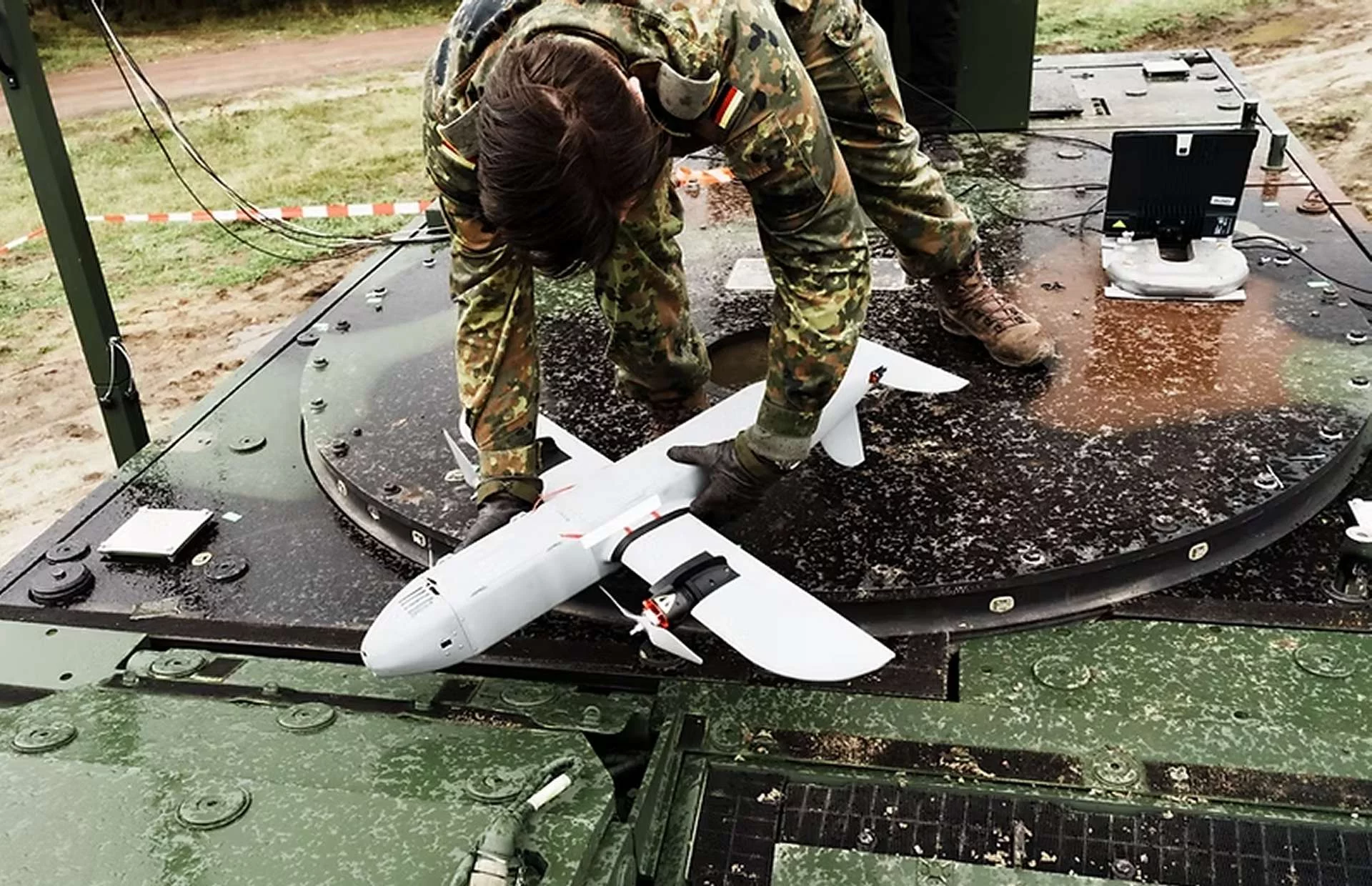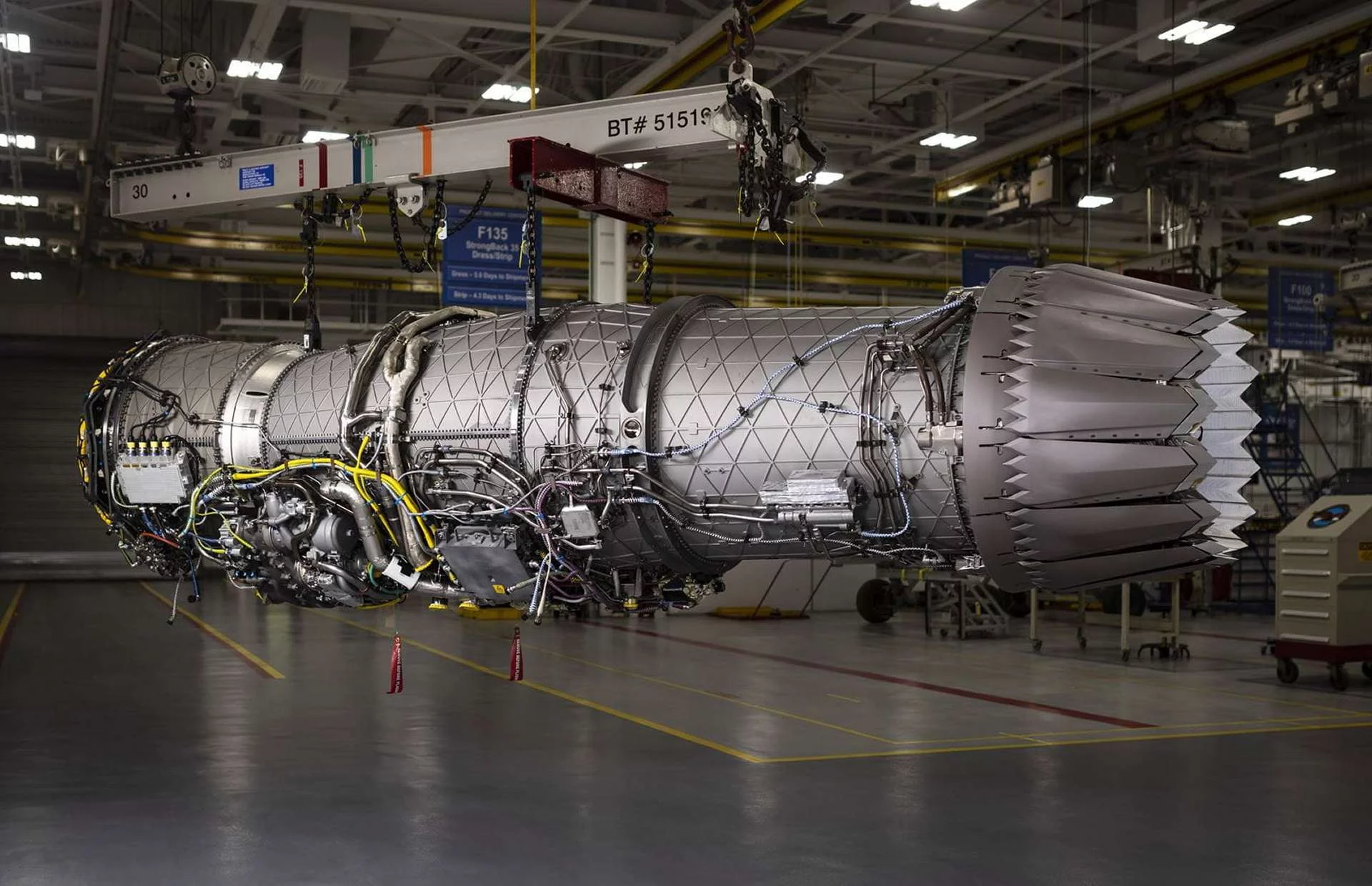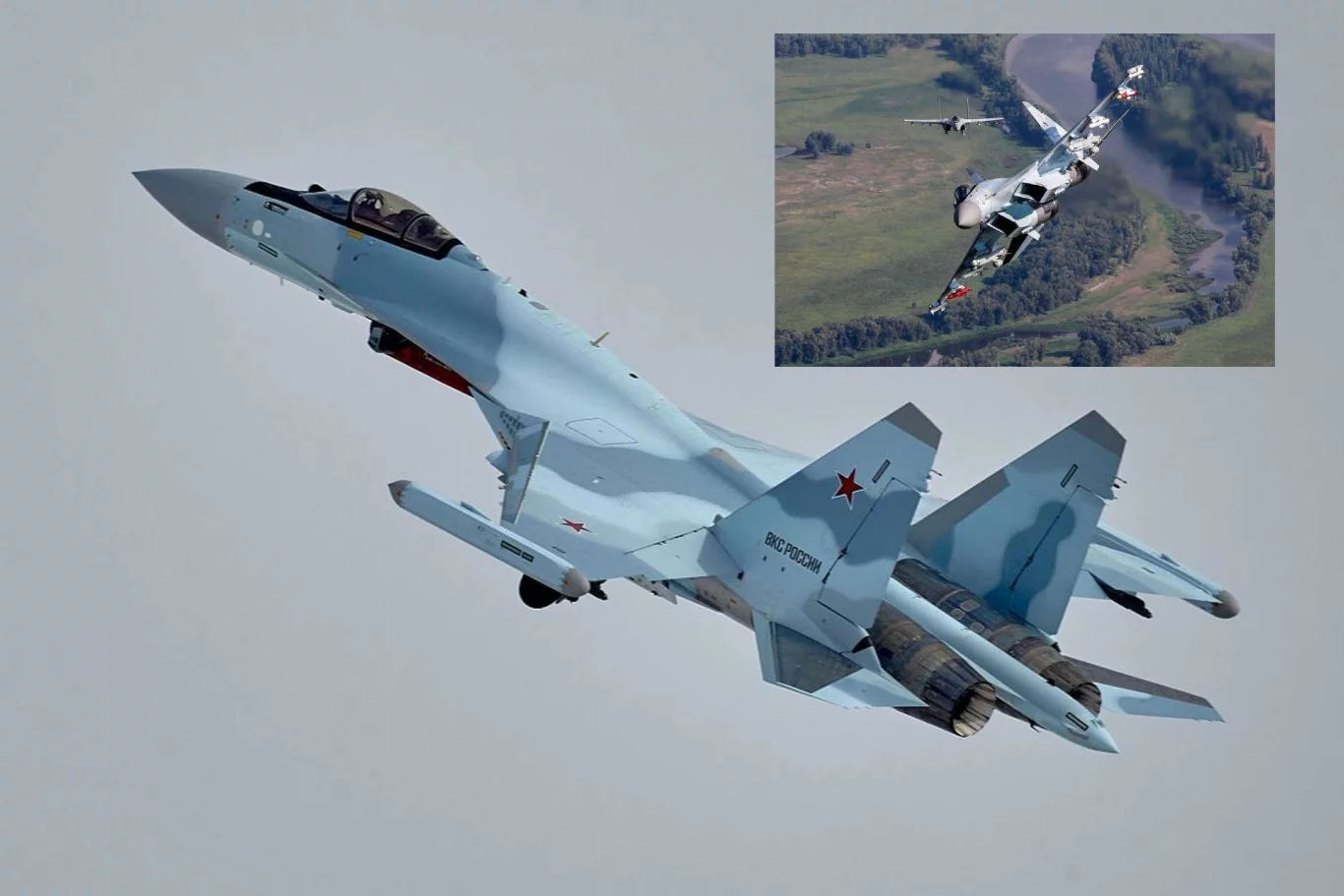In the shadowy world of modern warfare, where the hum of enemy drones echoes like a harbinger of chaos, Germany has just pulled a masterstroke that’s sending shockwaves through the defense industry. Picture this: shadowy skies filled with swarms of hostile unmanned aerial vehicles (UAVs) probing borders, scouting secrets, and delivering deadly payloads—all while traditional defenses scramble to keep up. Enter the Bundeswehr’s latest game-changer: a multi-hundred-million-euro powerhouse program that’s arming the German military with cutting-edge interceptor drones from the innovative minds at Tytan Technologies. Announced via a bombshell Bloomberg report on October 4, 2025, this isn’t just another procurement—it’s a bold declaration that Europe is done playing defense. We’re talking about a layered shield of agile, attritable killers designed to shred medium-range drone threats before they can blink. Buckle up, because this deep dive will unpack everything from the tech wizardry to the geopolitical chess moves, revealing why this could redefine air superiority for NATO and beyond.
The Dawn of a New Era: Why Germany Needs Drone Assassins Now More Than Ever
Let’s rewind the tape to the brutal lessons of recent battlefields, where the Ukraine conflict has turned the skies into a no-holds-barred drone derby. What started as quirky quadcopters zipping around corners has evolved into a relentless torrent of medium-altitude, long-endurance UAVs—think Iranian-inspired Shahed-style loiterers that can loiter for hours, drop precision strikes, or relay intel like digital spies. These aren’t your grandma’s hobby drones; they’re cheap, mass-produced nightmares that overwhelm legacy systems. Jammers? They fizzle out against swarms. Short-range guns? Useless against anything flying at 25 kilometers out. And don’t get us started on the budget black hole of firing million-euro missiles at $10,000 targets—it’s like using a sledgehammer on a mosquito.
Enter Germany’s wake-up call. As the backbone of NATO’s eastern flank, the Bundeswehr can’t afford complacency. Critical infrastructure—think sprawling air bases, humming energy grids, bustling transport hubs, and sprawling training grounds—demands a fortress mentality. That’s where Tytan Technologies steps in, a Munich-based startup that’s less “garage tinkerer” and more “precision engineering powerhouse.” Selected in a high-stakes bidding war, Tytan snagged this crown jewel contract not just for their tech, but for embodying Berlin’s dual mantra: operational dominance meets industrial sovereignty. By keeping the brains and brawn at home, Germany isn’t just buying weapons; it’s forging a self-reliant defense ecosystem that could ripple across Europe.
This program, valued in the hundreds of millions of euros, isn’t a one-off gadget. It’s the cornerstone of a revamped counter-unmanned aerial systems (C-UAS) architecture—a “layered” defense onion where cheap, expendable interceptors form the outer peel, soaking up the daily drone drizzle without draining the ammo vaults. Reserve the big guns (Patriots, IRIS-Ts) for the real monsters: cruise missiles or inbound jets. It’s smart, it’s scalable, and it’s screaming “future-proof” in a world where aerial harassment is the new normal.
Tytan’s Tech Arsenal: From Zero to Hero in Seconds Flat
So, what makes Tytan’s interceptor drones the stuff of military wet dreams? At its core, this isn’t your average quadcopter with a GoPro—it’s a sleek, predatory missile disguised as a drone, engineered for one job: hunt and destroy. Let’s break down the specs that have engineers geeking out and adversaries sweating.
First off, speed is king. These bad boys clock sprint velocities north of 250 kilometers per hour—faster than a cheetah on espresso—allowing them to close gaps on lumbering reconnaissance drones before the operator can say “abort mission.” The engagement envelope? A sweet spot of 15 to 25 kilometers, tunable based on the variant, ensuring you can swat threats from standoff distances without exposing your own assets. Payload-wise, options abound: a pinpoint unitary kinetic nose for surgical strikes or a fragmentation warhead with proximity fuzing that turns the interceptor into a flying shotgun, shredding wings and fuselages in a hail of shrapnel.
But the real magic? It’s in the brains. Tytan’s birds boast fused electro-optical/infrared (EO/IR) sensors married to cutting-edge computer vision, creating an onboard “drone whisperer” that locks on through fog, clutter, or outright electronic warfare blackouts. Forget GPS dependency—these interceptors thrive in denial environments, using visual navigation and AI-driven target-shape classifiers to execute hit-to-kill intercepts. Imagine: a hostile UAV weaves through jamming; Tytan’s hunter matches every jig, zeros in on the silhouette, and boom—game over. Human oversight? Baked in via a robust datalink for launch vetoes or terminal tweaks, but the autonomy handles the grunt work, slashing operator fatigue during saturation attacks.
Deployment is where Tytan flexes its modular muscle. Forget clunky fixed emplacements—the launchers are ISO-containerized wonders, plop them on a light truck for mobile ops or bolt ’em down at a depot for semi-permanent sentinels. Each pod cradles a stack of ready-to-fire rounds, with automated battery health checks ensuring they’re always primed. Reaction time? We’re talking seconds from sensor cue to rail exit—blink, and the threat’s toast. And the command suite? A software symphony that slurps in feeds from radars, EO/IR cams, even acoustic sniffers, fusing it all into a god’s-eye view. Third-party integrations? Seamless. Algorithm updates? As easy as a software patch, thanks to Tytan’s obsession with “software sovereignty”—no foreign black boxes here, just pure German code that evolves faster than drone tactics.
Drawing from real-world alpha testing—shoutout to Ukrainian forces who’ve stress-tested prototypes against jamming-heavy skies—Tytan refined the flight controls for ironclad resilience. The result? A system that doesn’t just counter Class II recon birds or one-way kamikazes; it anticipates them, cycling through salvos to maintain air denial without breaking the bank. Cost per kill? A fraction of legacy SAMs, making it the perfect “magazine filler” for prolonged gray-zone skirmishes.
Strategic Ripples: How Tytan’s Win Reshapes Europe’s Battlefield Calculus
Zoom out, and this isn’t just a German flex—it’s a continental pivot. Europe’s air defense playbook, long dominated by Cold War behemoths, is getting a 21st-century remix. Ukraine’s skies have been the ultimate lab rat, proving that persistent, low-cost UAVs can grind down even elite forces through sheer volume. Germany’s response? Mirror the threat: meet attritable with attritable. Tytan’s interceptors aren’t meant to win wars solo; they’re the velvet glove over the iron fist, preserving high-end assets for existential threats while normalizing drone-on-drone dogfights.
For the Bundeswehr, implications are seismic. Forward bases in the Baltics or energy chokepoints along the North Sea pipelines now get a rapid-response bubble, deployable in hours. Training areas? Ring-fenced against ISR peepers. And the industrial angle? By elevating Tytan—a homegrown disruptor—Berlin pumps euros back into its economy, nurturing a startup scene that’s already churning out NATO-exportable kit. Expect spin-offs: export variants for allies, joint ventures with Rheinmetall or Airbus, maybe even a European C-UAS consortium.
Globally, it’s a shot across the bow. Russia, China, and their proxies peddle drone swarms as asymmetric equalizers; Tytan’s rise signals Europe’s counterpunch: affordable, autonomous, and unapologetically lethal. As the program hits demonstrator trials in 2026, watch for scaling—hundreds of units fielded by decade’s end, integrated into Eurofighter networks or even unmanned carrier ops. The message? Invade German airspace at your peril; our skies are now a no-fly zone for tin cans.
The Road Ahead: Trials, Triumphs, and the Drone Wars to Come
As Tytan gears up for prototype shakeouts, the Bundeswehr’s drone interceptor saga is just ignition. Early 2026 field tests will pit these hunters against simulated swarms, stress-testing everything from multi-target handoffs to EW countermeasures. Success here greenlights full-rate production, potentially arming a dozen battalions by 2028. Challenges? Sure—scaling autonomy without ethical hiccups, hardening against next-gen stealth drones, or syncing with allied feeds in joint ops. But Tytan’s track record, forged in Ukraine’s forge, breeds confidence.
In a world where drones democratize destruction, Germany’s gamble on Tytan isn’t reckless—it’s revolutionary. This program doesn’t just upgrade defenses; it redefines deterrence, turning potential vulnerabilities into voracious hunters. As the Bundeswehr evolves from guardian to apex predator, one thing’s crystal: the era of unchallenged skies is over. Tytan Technologies isn’t building drones—they’re building the future of warfare, one intercepted threat at a time.




